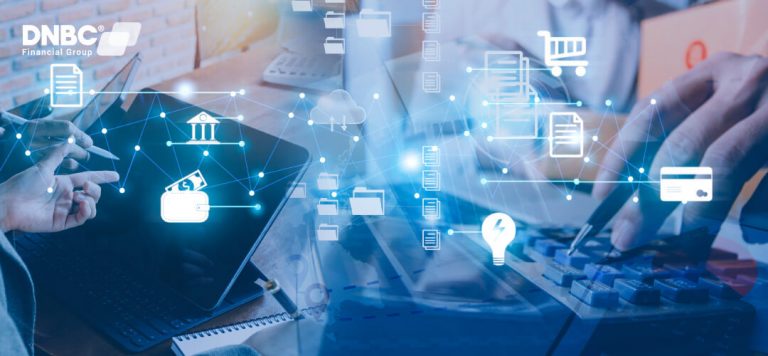For many people, transferring money overseas can be tough. IBAN is designed to facilitate international transfers.
According to Investopedia updated in 2022, there were up to 82 countries using IBAN in international financial transactions.
In this article, we will discuss “What is an international bank account number (IBAN)?” and the comparison of IBAN and SWIFT.
What is an international bank account number (IBAN)?
IBAN stands for International Bank Account Number. Commonly, it’s used for domestic and international payments in a quick and safe manner.
IBAN was created to lessen errors and enhance the verification of cross-border payments by reducing rejected payments & transfer delays, and cutting down the bank charges and fees.
What is an international bank account number (IBAN)?
The IBAN system is to simplify the transfer of money. An IBAN doesn’t replace a bank’s own account number because it only provides additional information in identifying international payments.
Also, IBAN also acts as a way of verifying that transaction-related details are correct.
Basically, the IBAN number starts with a 2-letter country code, followed by two check digits, and up to 35 alphanumeric characters.
This number is unique to your account and offers a safeguarding system of checking account data before sending money between international banks. Each set of characters with information on your account to verify during your transaction.
Keep in mind that IBAN can only be used for sending or receiving funds. It can’t be used for other transactions, like cash withdrawals.
In registering countries with the IBAN system, here are some examples:
Albania: AL47 2121 1009 0000 0002 3569 8741
Kuwait: KW81CBKU0000000000001234560101
Cyprus: CY 17 002 00128 0000001200527600
At first, IBAN was created to help electronic payments between banks across the Eurozone.
After that, it has spread globally, though not all banks have accepted the standard and you can use an alternative system of transaction like SWIFT.
North American, Australian, and Asian countries that don’t use the IBAN for domestic transactions. They will only accept this when transferring a payment to a country which adopted the IBAN system.
Typically, Canada and the U.S. are two countries without using the IBAN system. However, both of them recognize the IBAN system and process payments in regard to the system.
Comparison of IBAN and SWIFT
In addition to IBAN, SWIFT (the Society for Worldwide Interbank Financial Telecommunication) is widely used in transactions. The difference between the two methods are listed as follows.
SWIFT code is mainly used to identify a specific bank in your international transaction, while IBAN is used to identify a personal account in your international transaction. Both of them play an important role in the smooth process of international financial transactions.
The SWIFT predates attempts to standardize international transactions in terms of IBAN. The SWIFT message system permits banks to share a considerable amount of financial data.
This data consists of the account status, debit and credit amounts, and transfer-related details. Banks often apply BIC (Bank identifier code) instead of SWIFT. However, the two are interchangeable. In general, both are a mixture of letters and numbers and are from 8 – 11 characters long.
Hopefully this article explains enough clearly for the question What is an international bank account number (IBAN).
DNBC Financial Group is your trusted provider in international money transfer
- Get 100% free 1-on-1 support
- 100% free account opening
- Seamless onboarding process
Or please contact DNBC
Email: [email protected]
Phone Number:
- +65 6572 8885 (Office)
- +1 604 227 7007 (Hotline Canada)
- +65 8442 3474 (WhatsApp)


 DNBC Team
DNBC Team







